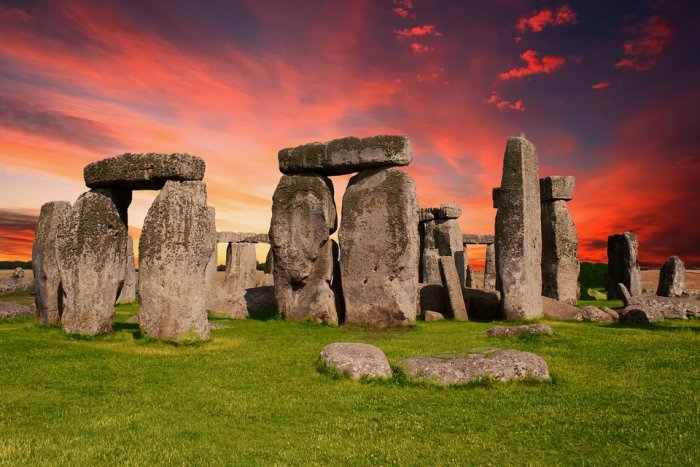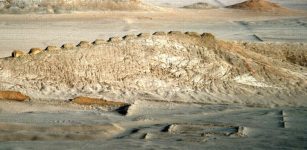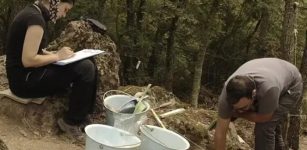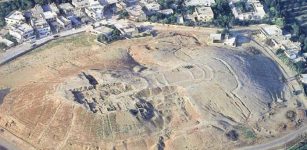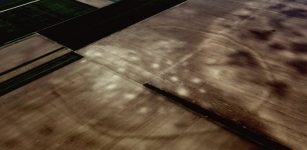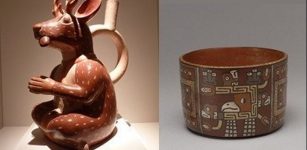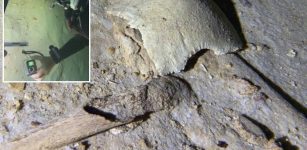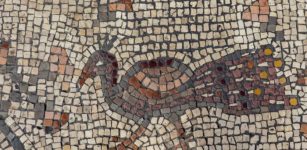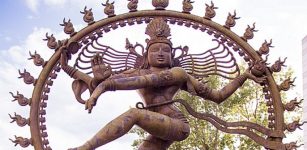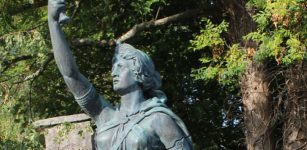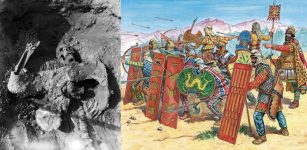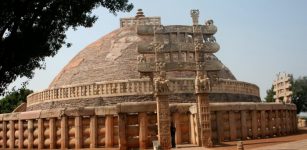Stonehenge Is Older Than Mankind – Archaeologist Suggests
AncientPages.com - The Stonehenge mystery continues. This time an archaeologist has put forward a “different” theory suggesting that Stonehenge, located on Salisbury Plain in UK is older than mankind and the largest rocks at megalithic monument were not moved there by people.
In a new paper published in the journal British Archaeology, Mike Pitts, who is one of few archaeologists to ever perform excavations within Stonehenge explains that two of the largest sarsens called Heel Stone and Stone 16 appear to have already been at the site for thousands or even millions of years before humans ever stumbled upon them.
Pitts points out that these two stones, unlike the rest of the monument, haven't been carved or shaped in any way. When lined up, these are also the stones marking the horizon where the Sun rises on the summer solstice, and sets on the winter solstice.
See also:
Napta Playa – Egypt’s Stonehenge And Its Ancient Astronomical Alignments
Mysterious Night-Time Ceremonies Were Held Around The Huge Ancient Wiltshire Circle
If the two stones were already sitting there, pointing at the solstice Sun, that could have given the site its significance for the people who lived nearby thousands of years ago
In the late 1970s, archaeologist Pitts was excavating beside the heel stone when he found a hole up to six meters in diameter. The pit was too large to have been the “socket” for a standing stone but big enough to have contained the huge boulder itself, Sky News reports.
“The assumption used to be that all the sarsens at Stonehenge had come from the Marlborough Downs more than 20 miles away,” Pitts told The Times.
“The idea has since been growing that some may be local and the heel stone came out of that big pit.
If you are going to move something that large you would dress it before you move it, to get rid of some of the bulk. That suggests it has not been moved very far. It makes sense that the heel stone has always been more or less where it is now, half-buried,” Pitts said.
In Pitt's opinion, the rocks' alignment with the Solstice Sun was merely a coincidence. He believes that ancient people noticed this entirely coincidental alignment and built the surrounding monument up around it, transporting the other stones from other areas to build up the entire monument over centuries.
It is one of many theories that tries to solve the Stonehenge mystery.
AncientPages.com

